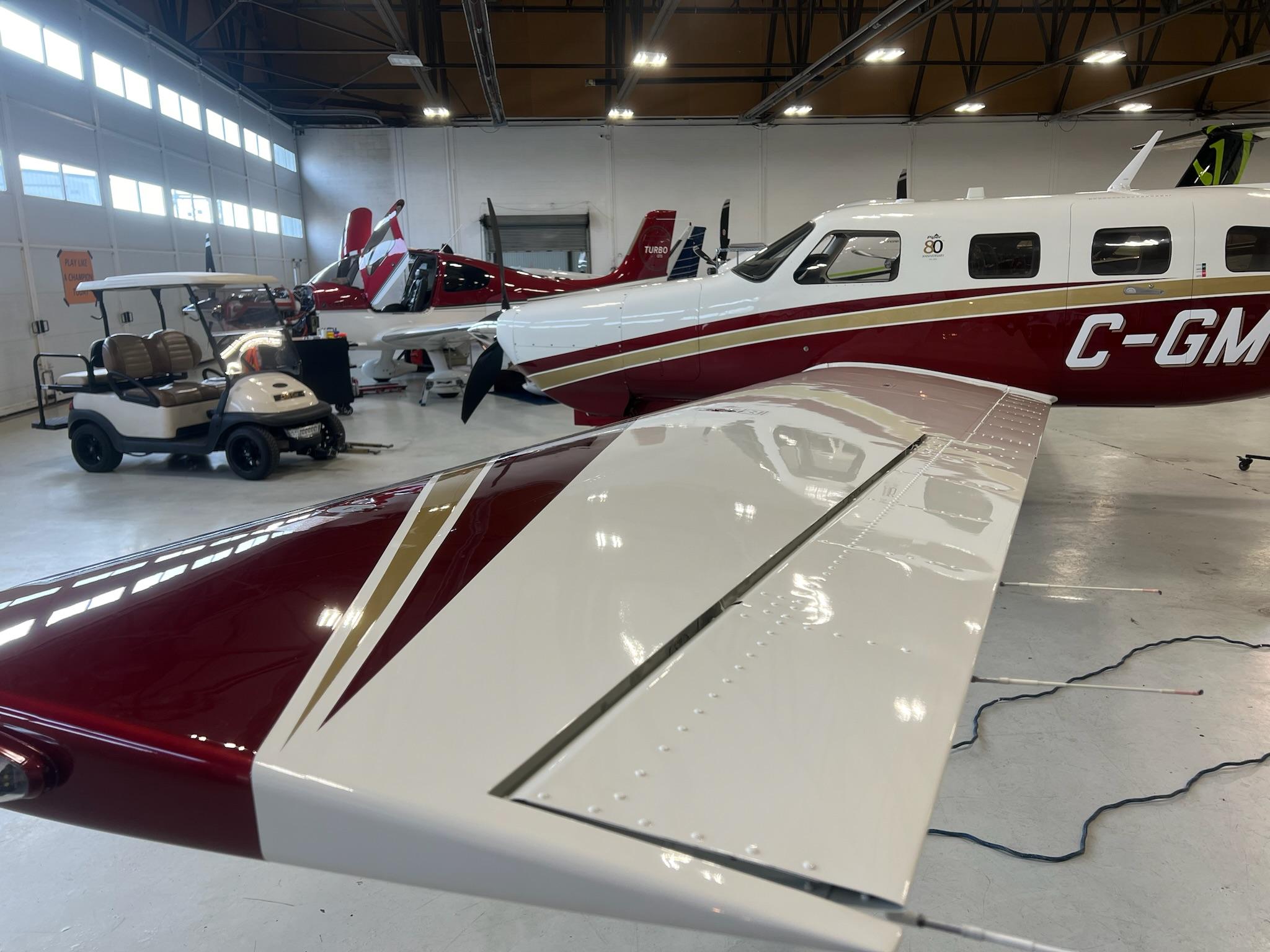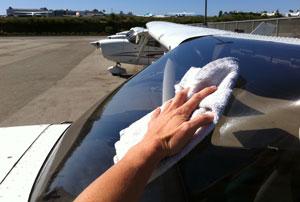As airplane owners know, aircraft are a huge investment, and safeguarding this investment is the only way to ensure their safety and longevity. One ideal way to safeguard the airplane from environmental factors like corrosion, dust, UV rays, and debris is to use aircraft ceramic coating.
In our post today, we will discuss the fundamentals of this type of coating, including its characteristics, how it works, and its application.
The Need For Airplane Coatings
Coating across aerospace is even considered for aircraft coating, aircraft paint, or aviation coating. The team produces, repairs, and maintains aircraft using distinctive aviation paints to extend the life of the aircraft structures. Helicopters, airplanes, jets, and other airplanes are layered with highly advanced coatings, maintaining their aesthetics and safeguarding them against corrosion.
Aircraft paint should have the ability to bear the extreme operations of its surroundings that get layered across the exterior and the interior surfaces of the aircraft. The quality and effective coating is needed to protect the plane’s surface from extreme weather situations, enhancing the dirt resistance, and reducing the drag resistance. These days the requirement for coatings across this sector grows mainly due to the sudden transitions across the environment. Reportedly, the global market size for aerospace coatings is estimated to be $745.5 million in 2018 and is projected to grow to $1144.1 million by 2026, marking a growth at a rate of 5.5% from 2019 to 2026.
Benefits of Ceramic Coatings for Aircraft

Superior Protection & Durability
Aircraft paint protection with the help of ceramic coatings offers the best aircraft protection to protect them from a series of environmental threats effectively. The coatings offer a strong barrier against moisture, UV rays, temperature extremities, and pollutants, which are important to maintain the structural integrity and the aesthetic appearance of the aircraft. Furthermore, the coatings would boost the resistance to corrosion with chemical attacks and physical abrasions that would notably extend the lifespan of the aircraft.
Aircraft are often exposed to extreme weather conditions that range from scorching heat to cold temperatures. Such fluctuations would lead the paint to peel, crack, or face with time. Ceramic coating will offer better protection against tough conditions to ensure the exterior of the aircraft stays in its pristine condition.
Resistance to Corrosion
Airplanes are often prone to corrosion and rust, mainly when they get exposed to salty air and moisture. It would lead to several structural damages that would often compromise the safety and performance of the aircraft. The ceramic coating would create a water-resistant layer preventing moisture from seeping into the surface of the aircraft, which would notably minimize the risk of rusting and corrosion.
Enhanced Operational Efficiency
Creating the subtle surface makes the ceramic coatings boost the entire aerodynamic outlook of the aircraft, which effectively minimizes the drag while boosting the efficiency of fuel. The smoother surfaces will eventually help to reduce the formation of ice on the wings and the different important areas in flight during the colder climates, which will ensure efficiency and safety. The entire reduction is the much-required maintenance with the ability to withstand the tough environmental conditions that would eventually translate into cost savings and help with operational efficiencies.
UV Damage Protection
One of the key features behind these ceramic coatings involves the ability to offer an extensive protection layer against a massive range of environmental factors. It includes UV damage, heat, oxidation, and chemical attacks, which would notably degrade the performance and the appearance of the aircraft over time. The effective chemical bonding is formed through the ceramic coating with the paint of the aircraft that is strong to ensure that the protection remains longer-lasting and deep-rooted. The resistance is important to maintain the value and operational preparedness of the aircraft irrespective of the environmental operations.
Easy Maintenance
Other than providing the best protection, the ceramic coating would help simplify the process of maintaining it. The smooth, glossy surface would repel dirt, stains, and grime, making cleaning easier. It can help save time and effort while reducing the cost of maintenance that is often linked to traditional cleaning methods.
Enhanced Aesthetic Appeal
The application of this kind of coating will help protect and boost the appearance of the aircraft. Such coatings impart a higher level of shine and gloss, making the aircraft appear like it is freshly painted. The hydrophobic properties of these coatings help repel water, dirt, and oil to ensure that the aircraft stays cleaner for a longer time and is seamlessly maintained. The outcome is minimized maintenance costs with less downtime to clean, which is specifically effective across commercial operations.
Invest In Your Aircraft’s Longevity
Investing in aircraft ceramic coating is a smart move for every aircraft owner. It can help extend the aircraft’s life and boost its appearance and performance. At Bishop’s Aviation, we offer the best level of ceramic coating services that are streamlined to meet distinctive needs. Our team of highly experienced technicians leverages their comprehensive experience with cutting-edge technology to deliver better outcomes.
